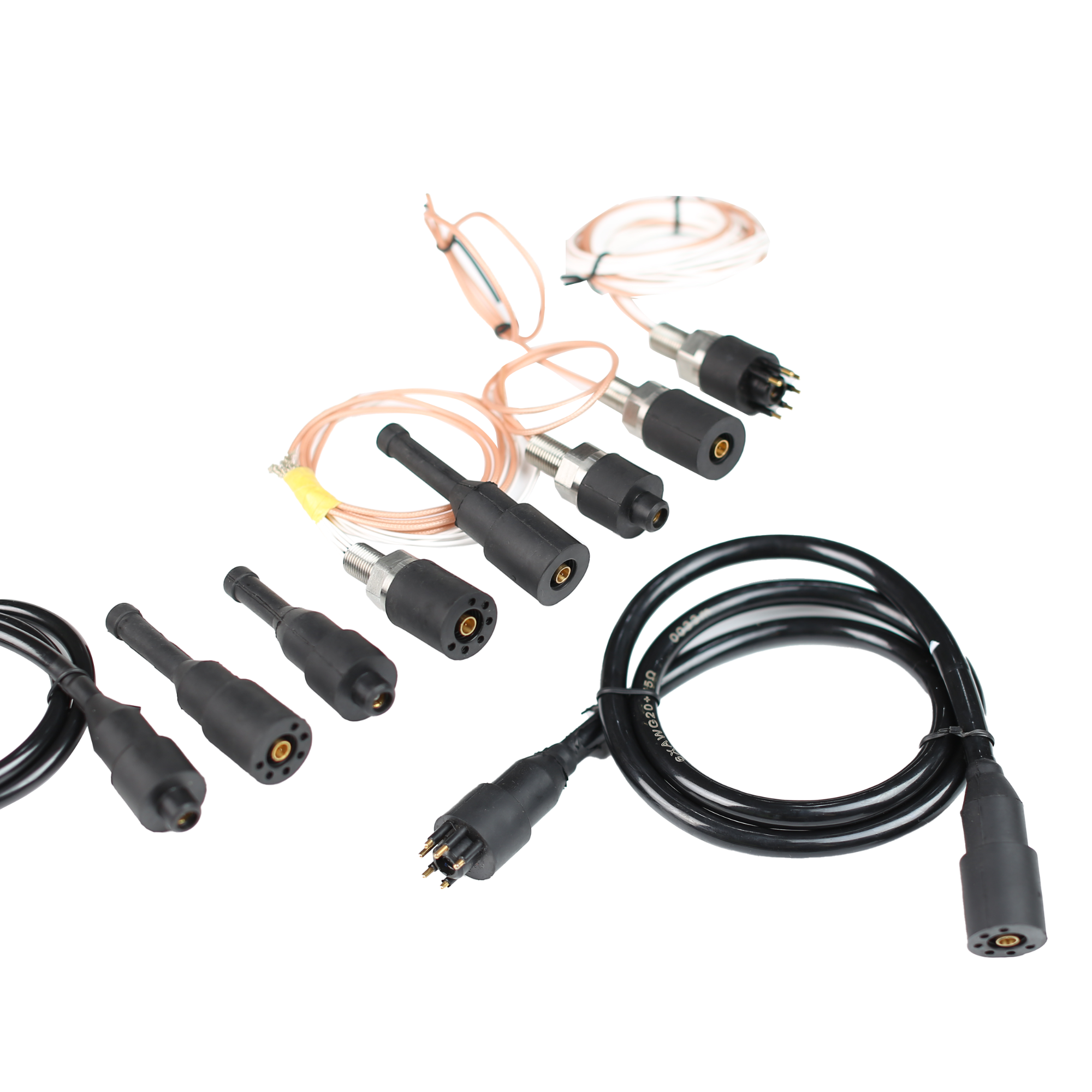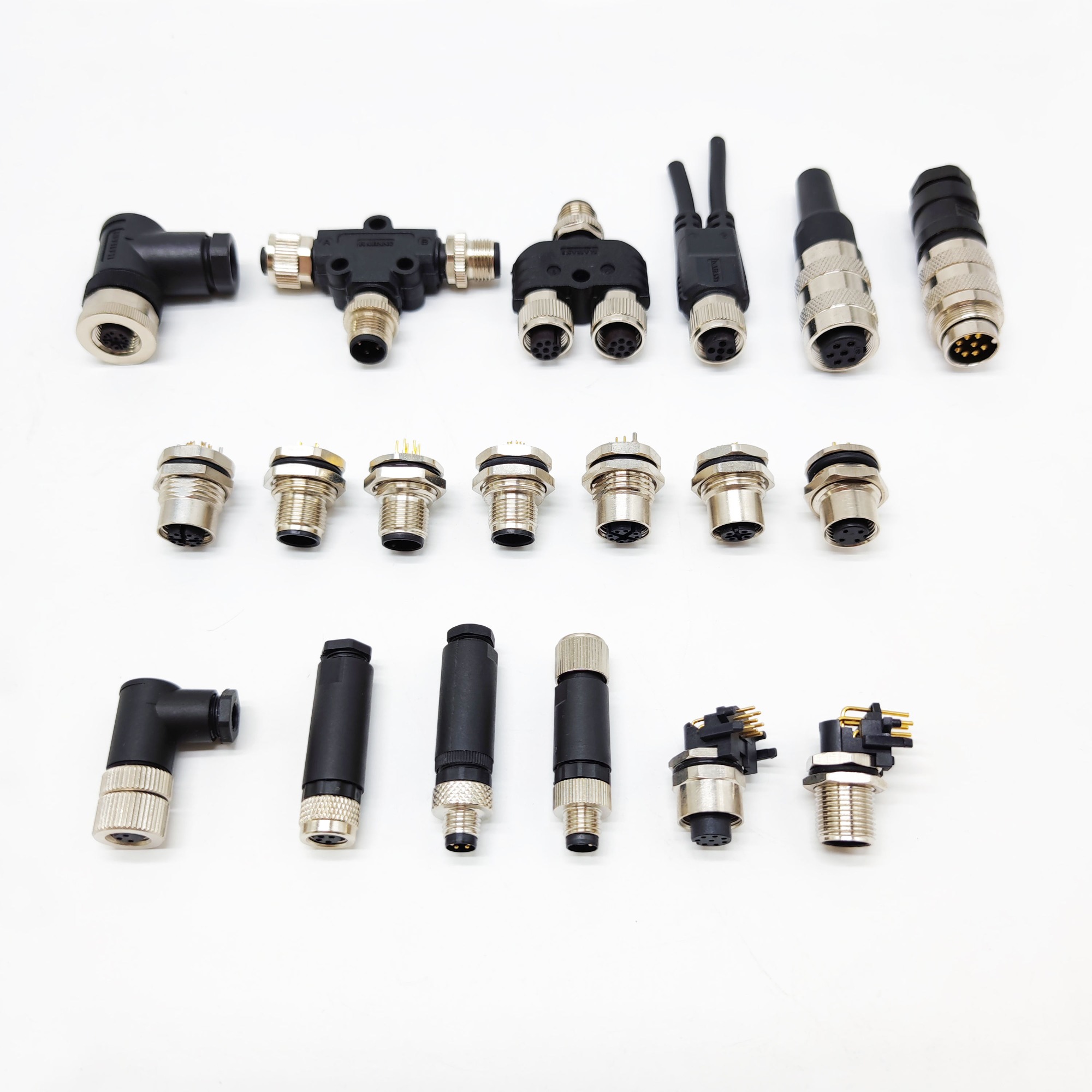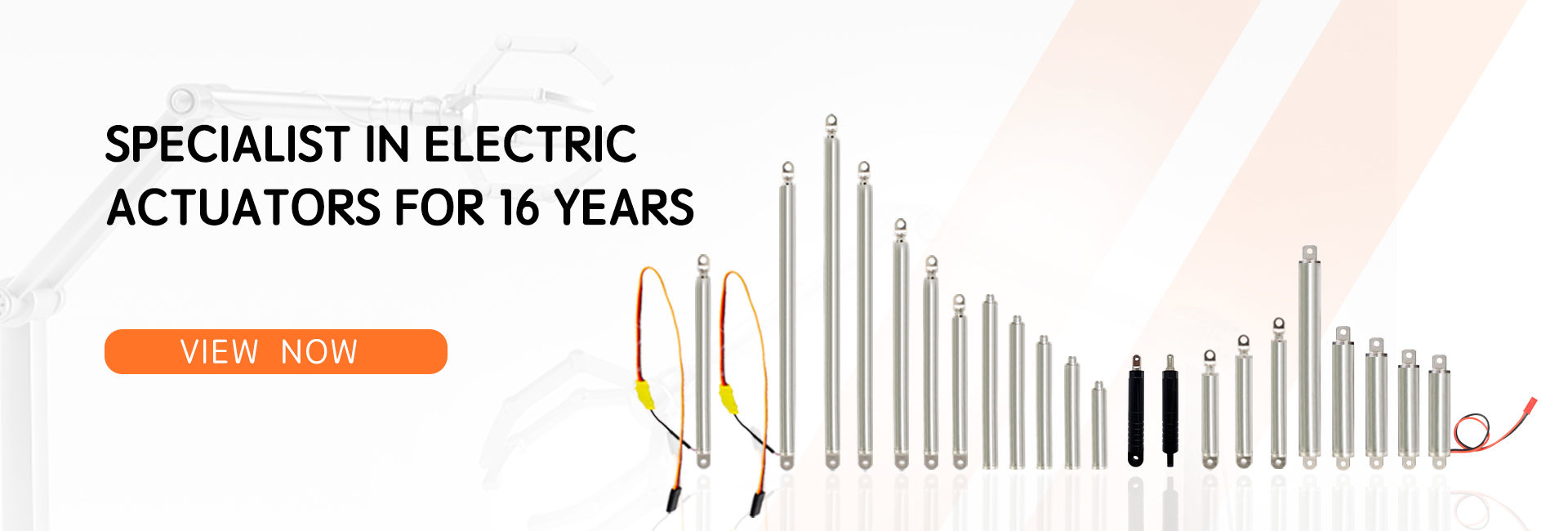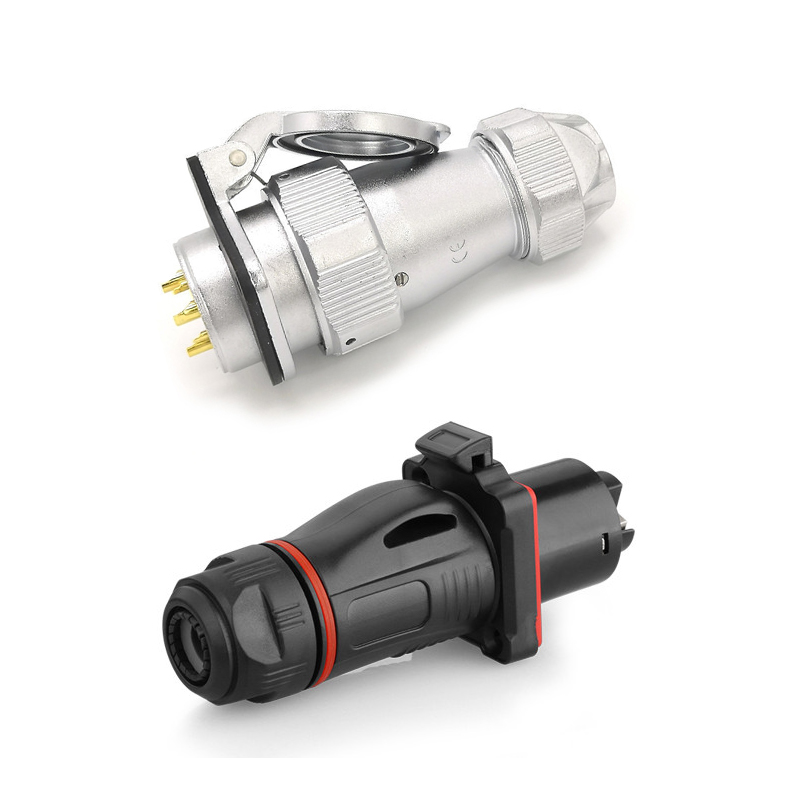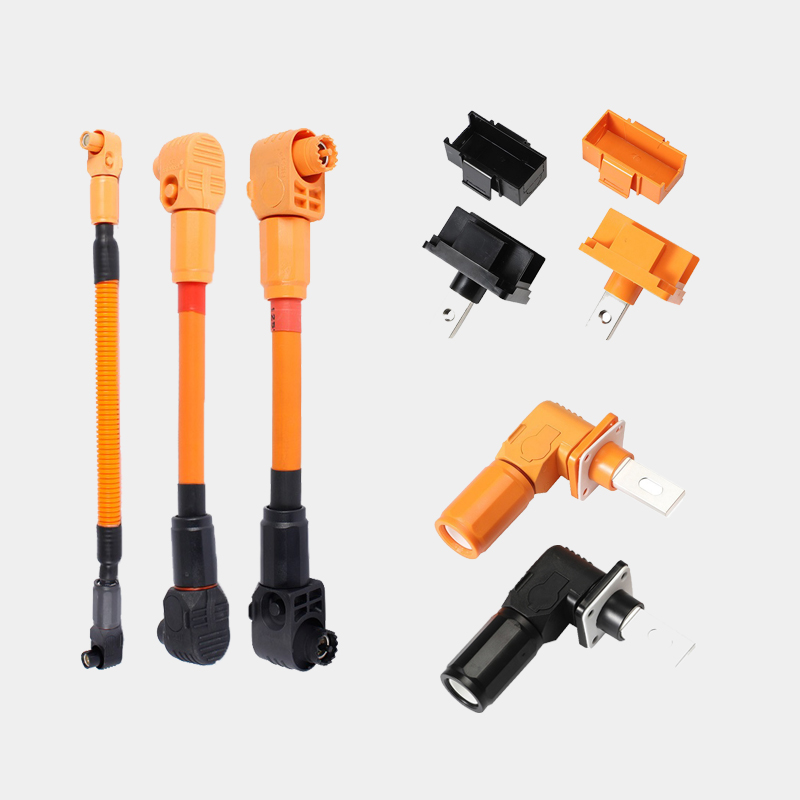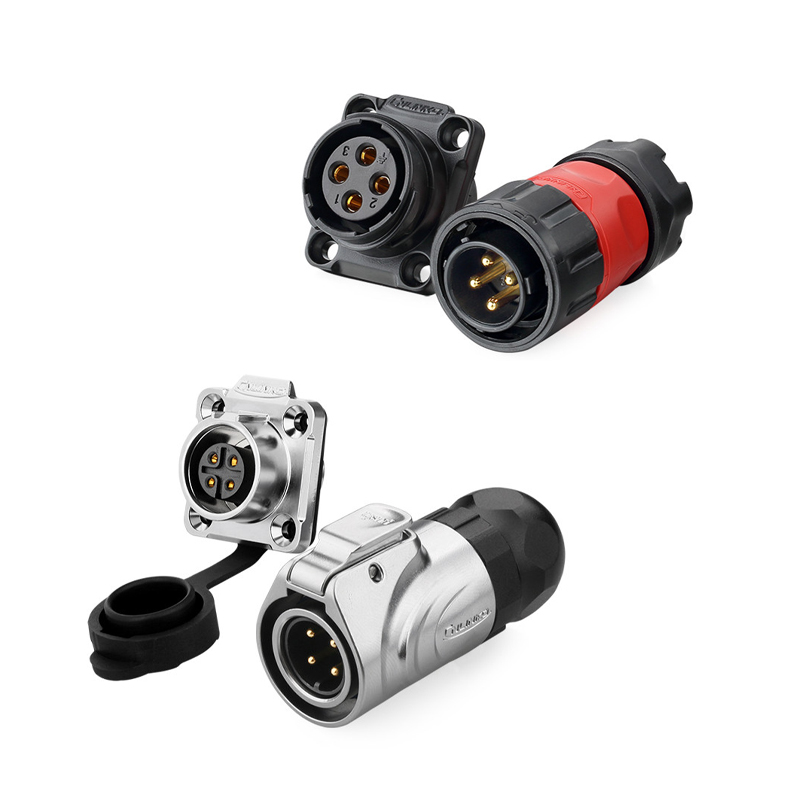What's wet mate connectors and how work?
Views : 147
Update time : 2024-03-21 13:54:29
What are Wet Mate Connectors?
Wet mate connectors are specialized electrical connectors designed to establish and maintain electrical connections in submerged or wet environments. Unlike traditional connectors, which may fail or experience degraded performance when exposed to moisture or liquids, wet mate connectors are engineered to endure such conditions without compromising connectivity or safety.

How Do Wet Mate Connectors Work?
The functionality of wet mate connectors revolves around their unique design and construction, which incorporates sealing mechanisms to prevent water ingress and maintain electrical integrity. Let's delve deeper into the key components and principles underlying the operation of wet mate connectors:
Sealing Mechanisms:
Wet mate connectors employ advanced sealing technologies to create a watertight enclosure around the electrical contacts. These sealing mechanisms typically consist of elastomeric seals, O-rings, or gaskets strategically positioned within the connector housing. When mated, the seals compress against each other, forming a tight barrier that prevents moisture ingress and maintains a dry environment around the electrical contacts.
Precision Engineering:
The design of wet mate connectors involves precise tolerances and engineering techniques to ensure optimal performance in harsh conditions. Components such as mating interfaces, alignment pins, and locking mechanisms are meticulously crafted to facilitate secure and reliable connections, even in underwater environments where alignment may be challenging.
Corrosion Resistance:
To withstand prolonged exposure to moisture and corrosive elements, wet mate connectors are constructed from materials with high corrosion resistance properties. Common materials include stainless steel, aluminum alloys, and marine-grade plastics, which exhibit excellent durability and longevity in marine and industrial settings.
Pressure Compensation:
In applications involving submersion at significant depths or variable pressure conditions, wet mate connectors may incorporate pressure compensation features. These mechanisms enable the connector to equalize pressure differences between its interior and the surrounding environment, preventing damage due to pressure-induced stress or water intrusion.
Applications of Wet Mate Connectors:
Wet mate connectors find widespread use across various industries and applications where reliable electrical connectivity in wet or subsea environments is paramount. Some notable applications include:
Subsea Oil and Gas:
In offshore drilling and production operations, wet mate connectors play a vital role in facilitating electrical connections for subsea equipment such as sensors, actuators, and communication systems. Their ability to withstand high pressures, corrosive fluids, and extended submersion makes them indispensable in subsea oil and gas installations.
Underwater Robotics:
Remotely operated vehicles (ROVs) and autonomous underwater vehicles (AUVs) rely on wet mate connectors to establish connections between onboard electronics and external sensors or payloads. These connectors enable data transmission, power delivery, and control signals in underwater exploration, surveying, and maintenance missions.
Marine Instrumentation:
In marine research, navigation, and monitoring applications, wet mate connectors facilitate the integration of sensors, instruments, and communication devices on buoys, underwater platforms, and research vessels. They enable real-time data collection and communication in challenging marine environments.
Renewable Energy:
Wet mate connectors are utilized in offshore wind farms and tidal energy installations to connect underwater cables, power distribution systems, and monitoring equipment. Their robust design ensures reliable electrical connections, contributing to the efficient operation and maintenance of renewable energy infrastructure.
Conclusion:
Wet mate connectors represent a critical innovation in electrical connectivity, enabling reliable performance in demanding environments where exposure to water, pressure, and corrosion pose significant challenges. By leveraging advanced sealing technologies, precision engineering, and corrosion-resistant materials, these connectors ensure uninterrupted electrical connectivity in subsea, marine, and industrial applications. As industries continue to push the boundaries of exploration and innovation, wet mate connectors will remain indispensable components in facilitating connectivity and data transfer in the harshest of environments.
Related News
Read More >>
Apr .10.2024
Connectors might seem like small components, but they play a crucial role in ensuring seamless connections between various electronic devices and systems.
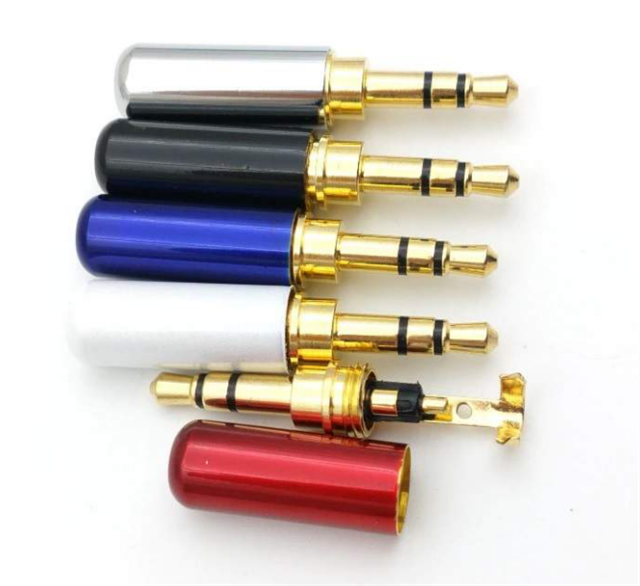 What Is The Difference Between 2.5 Mm And 3.5 Mm Audio Jack?
What Is The Difference Between 2.5 Mm And 3.5 Mm Audio Jack?
Apr .08.2024
Even though wireless headphones and earbuds are very popular, many people still use wired headphones. These headphone wires have different sized headphone jacks connector. The most common sizes are 2.5mm and 3.5mm jacks.
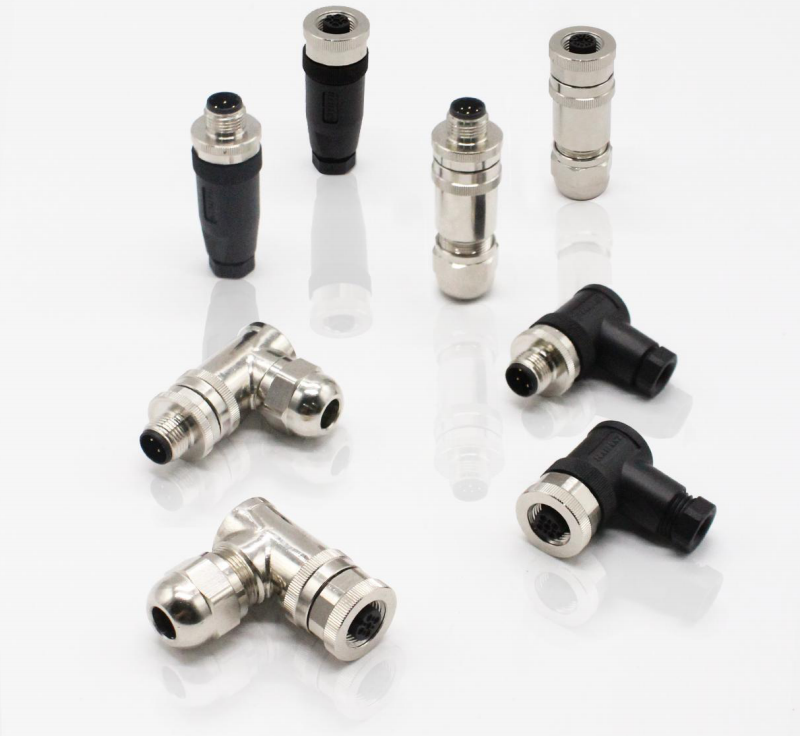 Difference between M8 and M12 connectors
Difference between M8 and M12 connectors
Apr .08.2024
M8 connectors are circular connectors with an 8mm diameter thread, commonly used in industrial settings for various applications like factory automation, sensors, and actuators
Apr .01.2024
Cable glands are connectors used to seal the ends of cables and secure them to plugs, terminals, enclosures or electrical equipment of various kinds. They can protect sensitive electrical wiring from moisture, contamination, corrosion and even flammable gas.

